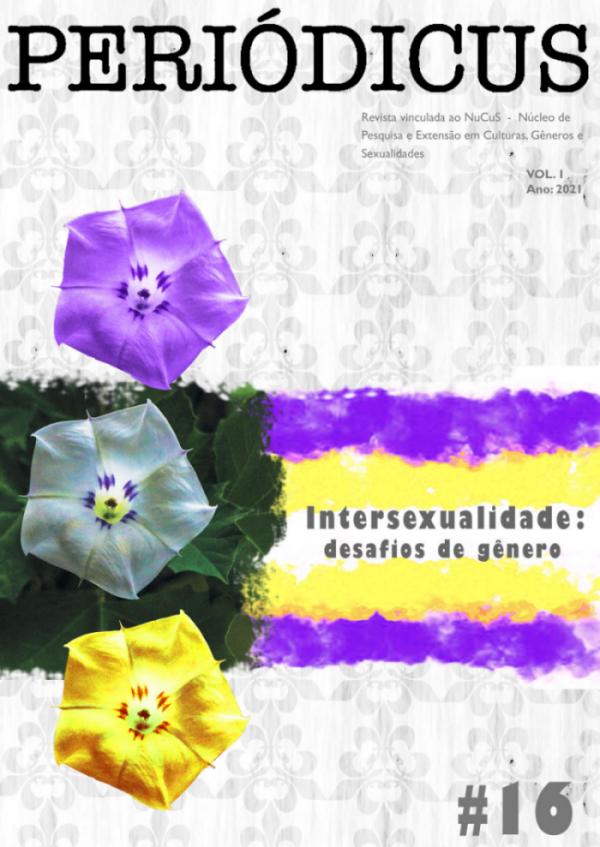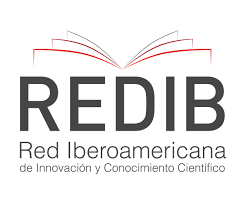Wooden cyborgs: technomythic profanations of drag queen aesthetics in the popular religiosity of Cariri from Ceará
DOI:
https://doi.org/10.9771/peri.v1i16.38195Abstract
Chisels, wax and paint in the foam of the body carved in the wood. From the essay “A rib of Adão” by photographer Giovanna Duarte for the fifth edition of Jornal Sertão Transviado, launched in 2017 through an experimental journalism project, we reinterpreted Donna Haraway’s cyborg theory in a localized context. In this sense, we use the methodology of documentary analysis of photography in its expressive dimension to look for the meanings of the drag queen body in the popular culture of Cariri, from the state of Ceará. Altogether there are seven photographs showing the Phantom and Malina drags among the sculptures of the Mestre Noza Popular Culture Center in the city of Juazeiro do Norte, better known as the land of Father Cícero. Far from a technoutopy, we face the affective policies in artivism between the cyborg and the goddess to think about the hybrids between gender and popular culture, above all, by affecting the performative identity with the cultural tradition. From irony and blasphemy, we look at dissidences and technomitic artefactualisms in the cyberdrag body’s discursive imagery in its potent fusion with simulacra capable of hacking codes of reading of the body in popular religion.
Downloads
Downloads
Published
Versions
- 2021-08-16 (2)
- 2021-10-27 (1)
How to Cite
Issue
Section
License
Copyright (c) 2021 Ribamar José de Oliveira Junior, Walisson Angélico de Araújo

This work is licensed under a Creative Commons Attribution-NonCommercial 4.0 International License.
Authors who publish in this journal agree to the following terms:
Authors retain copyright and grant the journal the right of first publication, with the work simultaneously licensed under a Creative Commons Attribution Noncommercial License that allows the work to be shared with acknowledgment of authorship and initial publication in this journal, but prohibits commercial use.
Authors are authorized to enter into separate additional contracts for non-exclusive distribution of the version of the work published in this journal (e.g., publishing in an institutional repository or as a book chapter), with acknowledgment of authorship and initial publication in this journal.
Authors are permitted and encouraged to publish and distribute their work online (e.g., in institutional repositories or on their personal website) at any point before or during the editorial process, as this can generate productive changes and increase the impact and citation of the published work (see The Effect of Open Access).








